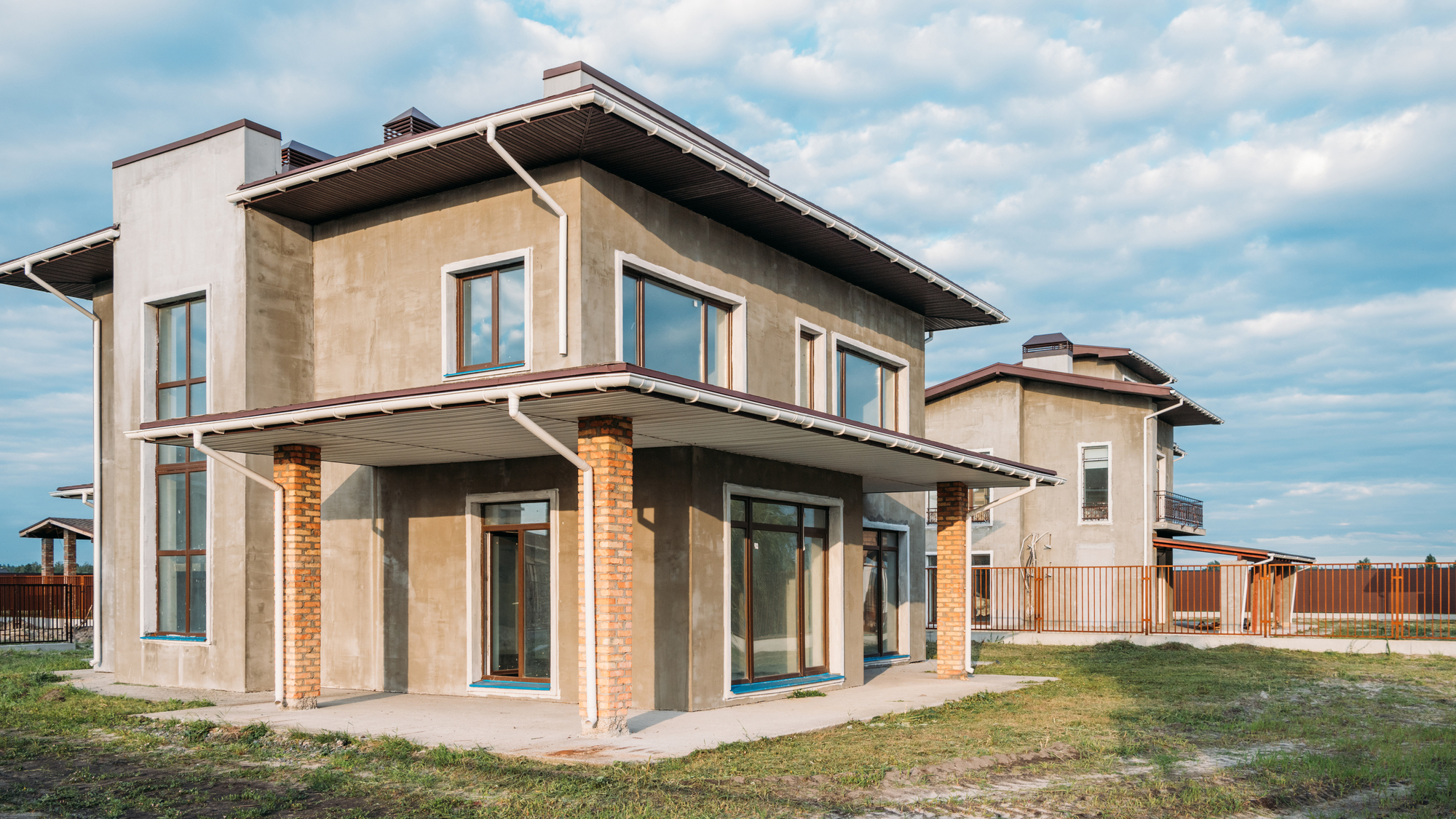

The Environmental Protection Agency is releasing guidelines to more clearly define what is considered a truly “zero-emission” building. Unveiled on September 28 at the Greenbuild International Conference and Expo, the nation’s largest annual gathering for sustainable architecture, the EPA’s new outline is reportedly based on a “three pillar” approach. These pillars include no on-site emissions, the use of 100 percent renewable energy, and adherence to strict energy efficiency guidelines.
The news, first revealed via White House National Climate Adviser Ali Zaidi speaking to The Washington Post on Thursday morning, arrives as the Biden administration attempts to standardize concepts for an industry that generates nearly a third of the nation’s greenhouse gas emissions every year.
“Getting to zero emissions does not need to be a premium product. We know how to do this,” Ali Zaidi said during the interview. “It just has to get to scale, which I think a common definition will facilitate.”
[Related: Power plants may face emission limits for the first time if EPA rules pass.]
A truly “zero-emission” building is actually harder to define than it may first appear. Currently, the global green standard is generally considered Leadership in Energy and Environmental Design (LEED) certification. Developed by the US Green Building Council, an environmental nonprofit, and currently in its fifth iteration, LEED certification provides a comprehensive, tiered rating system for neighborhood developments, homes, and cities. However, it lacks the authority that could be granted by a major US federal department such as the EPA.
Lacking concise federal regulations, the US currently includes countless state and local benchmarks to meet their own ideas of eco-friendly urban planning—from California’s “zero net energy” standard for all new constructions by 2030, to reduced emission targets for 2030 and 2050 in New York. For California, a zero net energy project is defined as an “energy-efficient building where, on a source energy basis, the actual annual consumed energy is less than or equal to the on-site renewable generated energy.” Meanwhile, New York’s Local 97 law from 2019 sets carbon emission caps based on building sizes, along with multiple avenues to offset such emissions.
Although the EPA’s new definitional framework is not legally binding, the standardization could still prove incredibly attractive for real estate developers involved in projects across multiple states seeking a streamlined process.
“A workable, usable federal definition of zero-emission buildings can bring some desperately needed uniformity and consistency to a chaotic regulatory landscape,” Duane Desiderio, senior vice president and counsel for the Real Estate Roundtable, explained via WaPo’s rundown of the reveal.
Multiple projects in recent years have attempted to improve upon sustainable building practices in order to meet climate change’s steepest challenges. One such promising avenue is creatively incorporating recycled materials, such as diaper materials, to actually strengthen concrete mixtures for low-cost housing alternatives.
Meanwhile, termite mounds—the world’s tallest biological structures—are beginning to inspire eco-friendly cooling and heating systems, while fungi growth is providing the architectural underpinnings for a new generation of durable and sustainable building materials.
